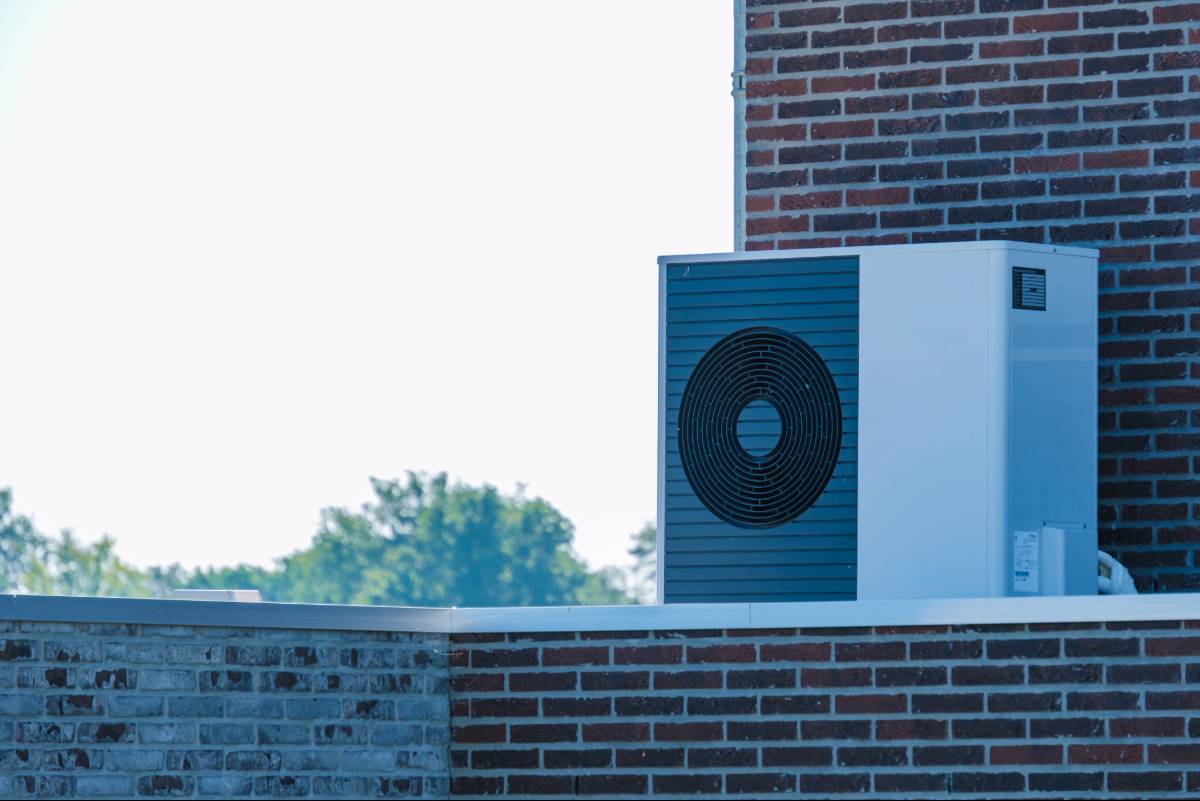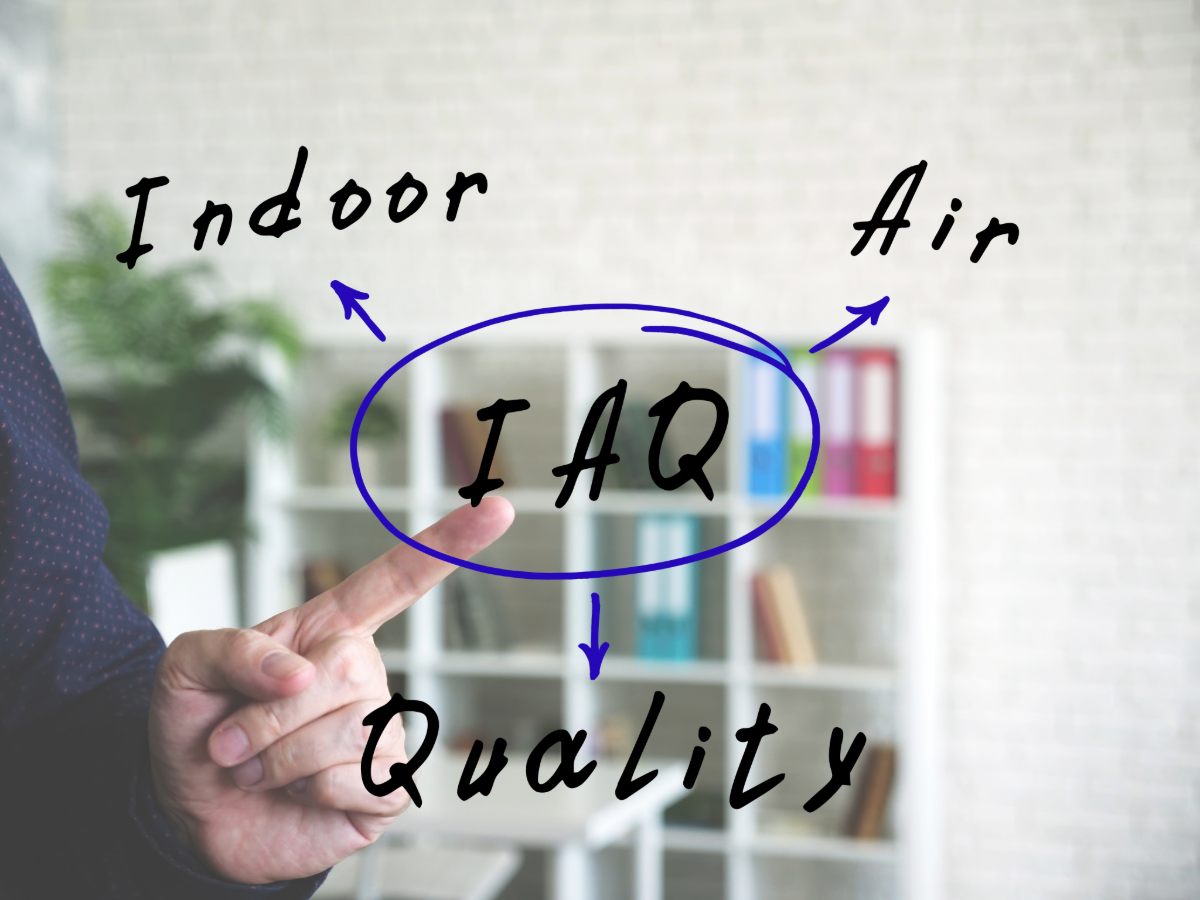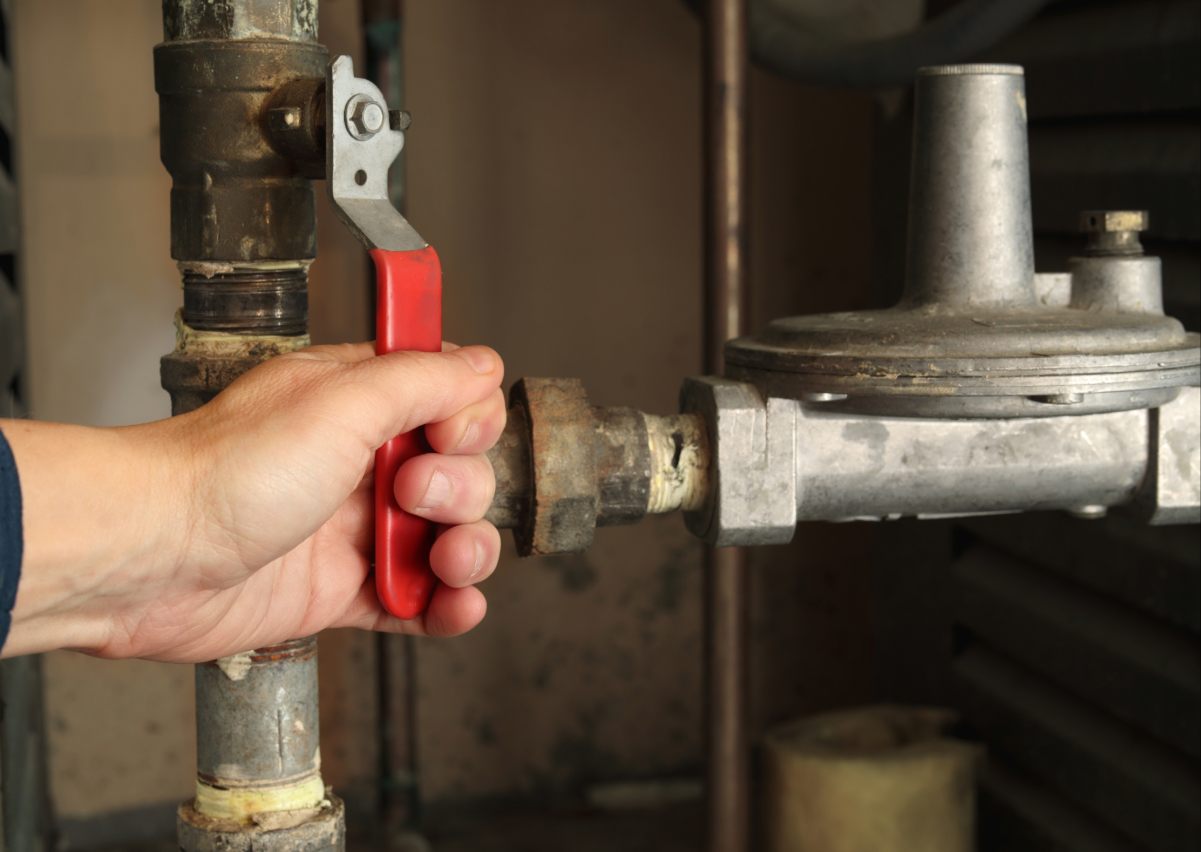SUMMARY: Smart HVAC controls, which include programmable thermostats, zoning, occupancy sensors, IoT integration, and scheduling help businesses reduce energy costs during the winter while maintaining occupant comfort. By heating only occupied spaces, aligning schedules with actual usage, and enabling remote system management, facility managers can cut waste and boost efficiency.
—
As the temperatures drop, energy bills inevitably rise. For facility managers and business owners in New York City, keeping indoor spaces warm and comfortable during the winter months can feel like a constant tug-of-war with high utility costs. The good news is that advances in smart HVAC controls make it possible to strike a balance between comfort and cost savings. By integrating programmable thermostats, zoning systems, occupancy sensors, and IoT-driven technologies, businesses can significantly lower their energy costs this winter while ensuring the health and productivity of their occupants.
Why Energy Costs Skyrocket in Winter

Heating is one of the largest energy expenditures for commercial buildings, especially in NYC’s older infrastructure. Many facilities rely on systems that run at full capacity even when spaces are underutilized. This inefficiency often leads to wasted energy and inflated bills. Without proper management, you could be paying for heat in areas that don’t need it, or during hours when no one is even in the building.
That’s where smart HVAC controls come in. By allowing precise scheduling, remote monitoring, and adaptive temperature regulation, these tools give you control over when and where your system consumes energy.
Programmable Thermostats: The First Step to Smarter Heating
One of the simplest yet most effective strategies for cutting winter energy costs is installing programmable thermostats. These devices allow facility managers to set heating schedules that align with occupancy patterns. For example:
- Lower temperatures at night when the building is empty.
- Preheat spaces just before employees or tenants arrive.
- Automatically reduce heating during weekends or holidays.
By adjusting temperatures around real usage, programmable thermostats can cut heating costs by up to 10% annually, according to the U.S. Department of Energy.
Remote Control and IoT Integration
Smart HVAC systems have evolved well beyond basic thermostats. Through Internet of Things (IoT) connectivity, facility managers can monitor and adjust heating systems remotely, whether it’s from a smartphone, tablet, or computer.
This capability provides several advantages:
- Real-time alerts when systems are running inefficiently.
- Immediate remote adjustments to reduce energy waste.
- Data collection to identify patterns and optimize heating schedules.
For managers overseeing multiple properties across NYC, IoT integration eliminates guesswork and provides the visibility needed to manage heating systems efficiently.
READ MORE: INTERNET OF THINGS: HOW IOT TECHNOLOGY ASSISTS YOUR HVAC SYSTEM
Zoning Systems: Heat Only Where It’s Needed
Not every part of a building requires the same level of heating. A lobby with frequent foot traffic may need more consistent warmth, while storage rooms or rarely used areas may not. Zoning systems divide a building into separate “zones” that can be heated or cooled independently. This prevents the common problem of overheating low-traffic spaces and helps allocate energy where it has the greatest impact.
For large commercial spaces in NYC, zoning is especially valuable. By pairing zoning systems with smart thermostats, facility managers can fine-tune climate control to reduce waste and maximize comfort.
Occupancy Sensors: Smarter Control Through Real-Time Data
Heating empty rooms is one of the biggest contributors to unnecessary energy costs. Occupancy sensors solve this problem by detecting when a space is in use and automatically adjusting temperatures. When a room is unoccupied, heating is reduced. When people return, the system quickly restores the comfort level.
In high-turnover environments such as offices, conference centers, or multi-use facilities, occupancy sensors ensure that energy is only used when and where it’s needed. Over time, these savings can make a significant dent in winter utility bills.
Smart Scheduling and Energy Efficiency
Scheduling is the backbone of energy-efficient HVAC management. With smart controls, facility managers can program heating systems to align perfectly with operating hours. For example:
- Reduce heating during early mornings before the building is fully occupied.
- Lower temperatures gradually after peak hours instead of shutting down abruptly.
- Anticipate cold snaps with weather-responsive programming.
These small adjustments, multiplied over an entire winter season, can result in substantial cost reductions.
READ MORE: EXPLORING THE INTERSECTION OF AI TECHNOLOGY & THE HVAC INDUSTRY
Long-Term Benefits of Smart HVAC Controls
Beyond immediate cost savings, investing in smart HVAC technology creates long-term advantages for businesses:
- Extended system lifespan: Reduced strain on equipment lowers wear and tear.
- Improved indoor air quality: Balanced heating reduces humidity issues and maintains a healthier environment.
By embracing smart HVAC controls, businesses position themselves for greater operational efficiency while contributing to NYC’s broader sustainability goals.
Partner with Air Ideal for Smarter HVAC Solutions
Managing energy costs in winter doesn’t have to mean sacrificing comfort. With nearly a century of expertise, we provide NYC businesses with customized HVAC solutions, including smart controls, preventative maintenance, and sustainable technologies. We have a team of factory-certified technicians who work closely with facility managers to design systems that maximize efficiency, reduce costs, and keep occupants comfortable all winter long.
Ready to take control of your heating bills this season? Contact us today to learn how our smart HVAC solutions can help your business save money and energy while preparing for the cold months ahead.



